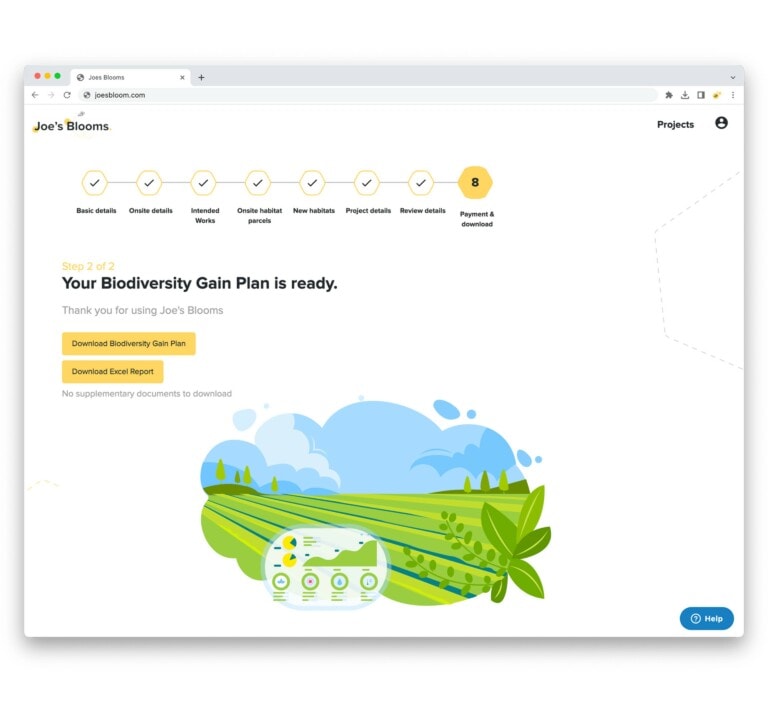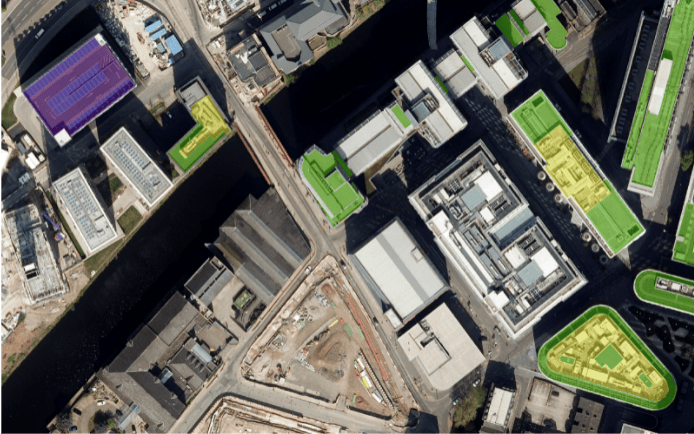Design tool to calculate the natural capital impacts and biodiversity of trees

Problem Addressed
This solution was sourced in response to UKGBC’s Innovation Challenge: “How can communities and local authorities implement, maintain, and assess the impact of nature-based solutions to enhance climate resilience?”
Understanding and measuring the benefits of natural capital can be challenging and complex due to the multitude of factors. These solutions make analysis easier through capturing biodiversity and ecosystem service values for proposals at early design stages.
Verification & Case Study
In 2015 Treeconomics undertook a Natural Capital valuation of National Highways’s ‘soft estate’. This project comprised of an environmental and economic benefits assessment of the trees, shrubs, soils and grasses in ‘Area 1’. This was followed by an ecosystem services (ES) review – to establish other ES which could be measured, quantified and valued – and a concept design cost/benefit calculator.
Following the success of this work in 2015, in 2018 National Highways and Kier commissioned Treeconomics to further develop the concept design tool through improvements to usability and format, publishing as a web application. The NCBD Tool was the next stage where BM2.0 was added and adjustment features were developed. The Natural Capital Valuation study and the NCBD Tool has been used by Kier Highways’ designers to ensure that infrastructure projects result in no net loss of ES. As a result of taking account of surrounding natural environments, projects are generally more successful in winning funding.
For the first time, a tool can deliver the holistic picture of environmental impacts and benefits in a monetised way that can be used to demonstrate true value for money and give a Benefit Cost Ratio that takes everything into account, influencing decisions and designs.
This page presents data, evidence, and solutions that are provided by our partners and members and should therefore not be attributed to UKGBC. While we showcase these solutions for inspiration, to build consensus, and create momentum for climate action, UKGBC does not offer commercial endorsement of individual solutions. If you would like to quote something from this page, or more information, please contact our Communications team at media@ukgbc.org.
Related
Planting on street lighting scheme

Biodiversity Net Gain Tool

Green Roof Retrofit and Biodiversity Monitoring

A process tool for implementation of NBS at scale

